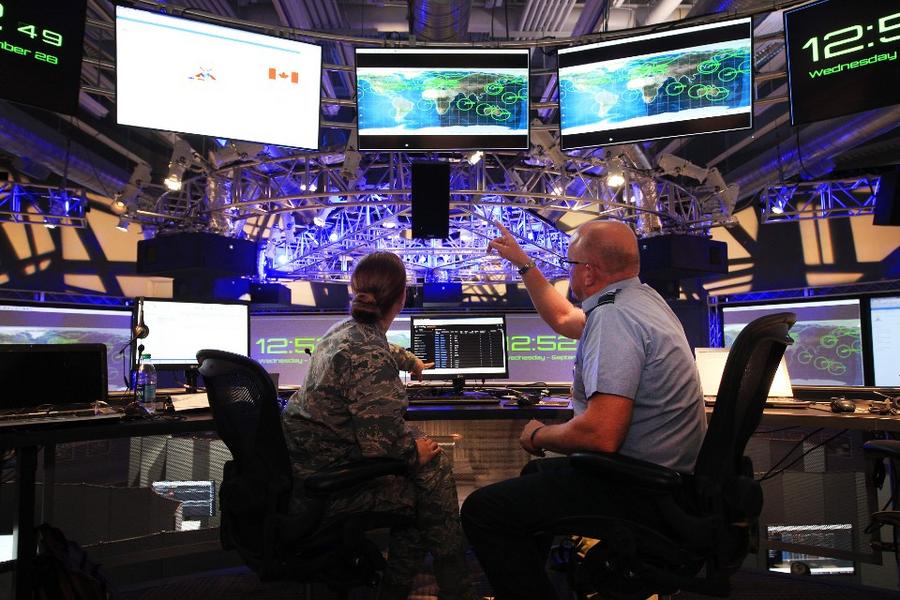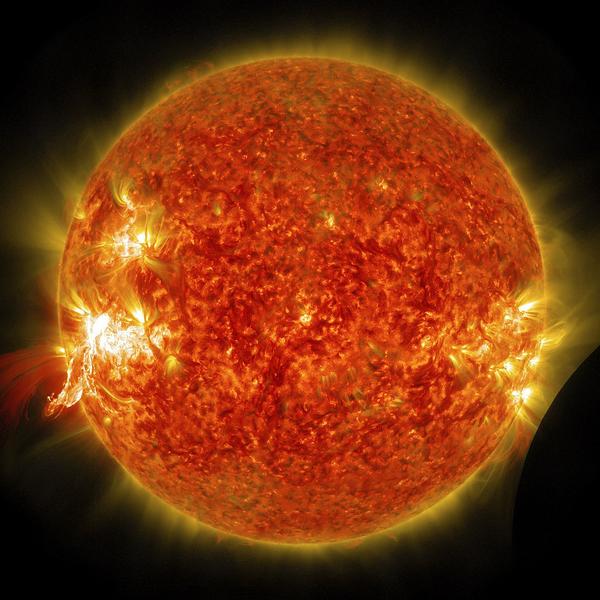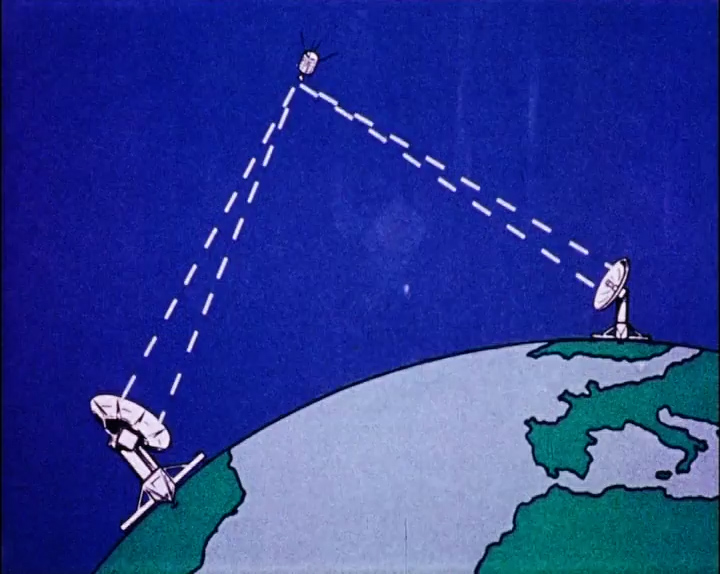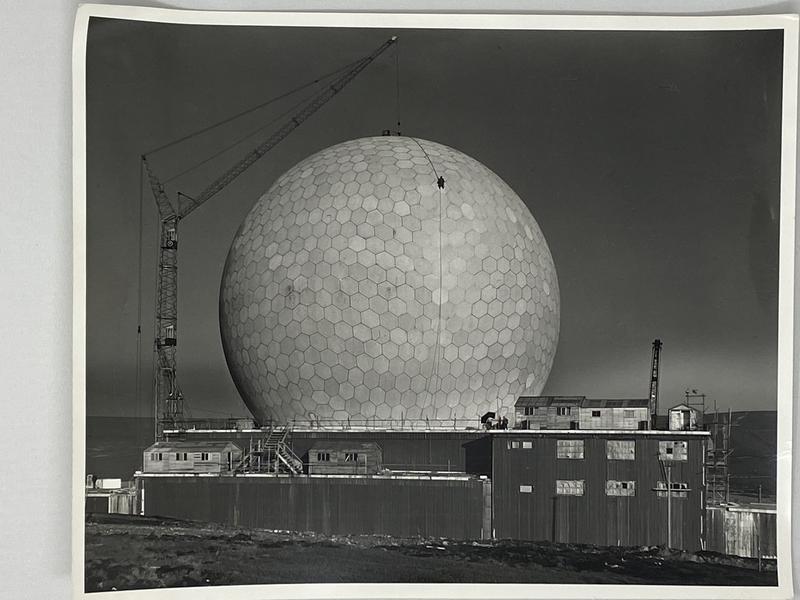of what's happening in space.
What's supposed to be going on in space
and how that relates to this radar.
And then if something looks different
or wrong or unexpected,
you're the on-shift subject matter expert,
who's meant to be able to say,
"Okay, let's have a look at this.
This looks different.
This is what we were hoping for, this is what we got."
And these sorts of things.
And to do that involves a vast scope
of technical knowledge of the radar,
and like wider knowledge of space missions,
and orbital regimes, and launches, and spacecraft companies.
And an open-source level sort of intelligence
as to what foreign states are looking at doing in space,
and what their goals and aims are,
and how they tend to generally operate in space.
So you can build up a pattern of what is recognized,
regular normal behavior for all these different players.
And then when something doesn't match up with that,
you can turn around and say,
"Oh, I was expecting five payloads on this launch,
five satellites, and I'm seeing seven pieces."
And because of my knowledge and expertise of how they look,
I could think that this one is a piece of debris.
And I think that one is something else.
And this extra piece here,
I think we should look at in more detail.
It's very easy to sit in the space side of this radar
in our secondary mission and think,
"Well, this is what's happening in space.
This is what it means for space."
But every so often you get reminded
that our primary mission
is Ballistic Missile Early Warning.
And your job is really to support that.
And you're doing that through your support of space.
Every single time this radar tracks a missile,
we take all of the data that the radar saw during that time.
And then that gets nicely packaged up
and sent at secret, usually,
to our higher authority in the U.S., the U.K.,
and I think it goes to Defense Intelligence as well,
for their understanding.










